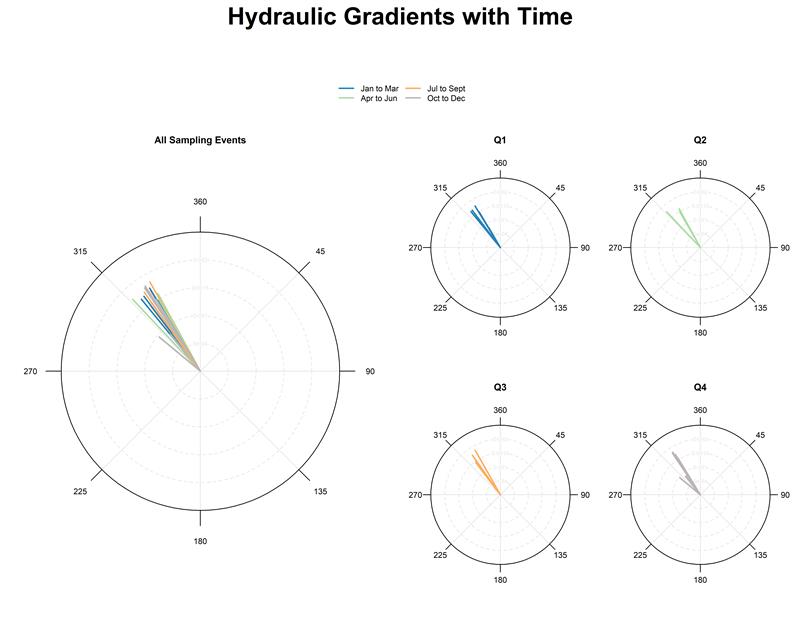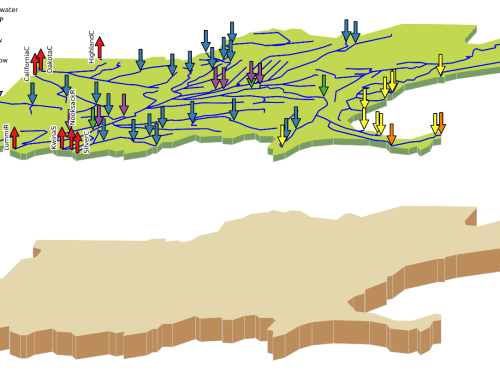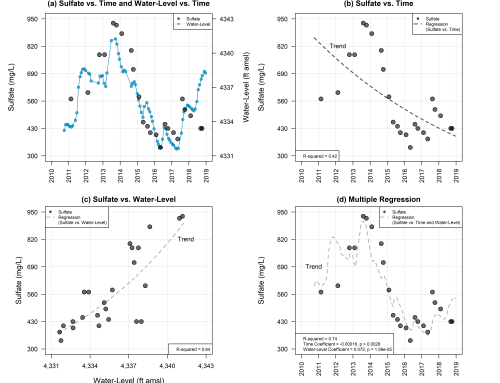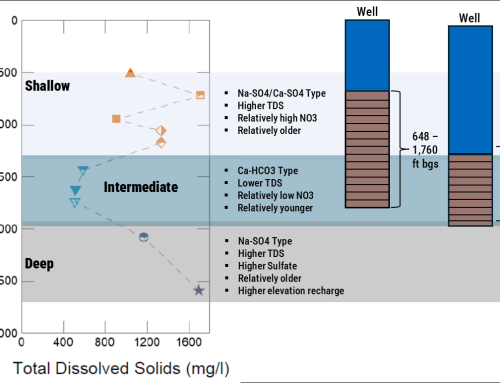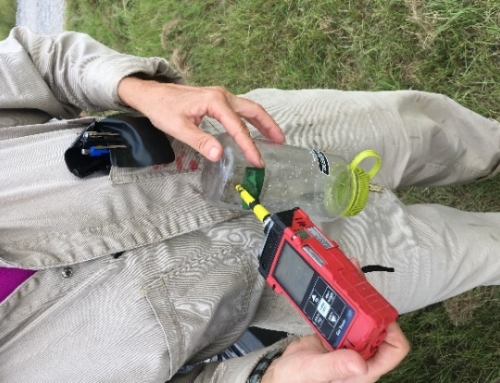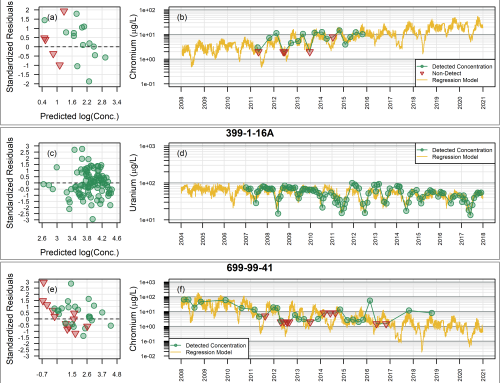SSP&A was initially retained to evaluate the fate and transport of hexavalent chromium (CrVI) and the effectiveness of a combined strategy of in-situ and ex-situ remedies. The CrVI, found in groundwater at over 100 milligrams-per-liter (mg/l), arose from historical plating activities. The on-site consultant sought to identify, delineate, and remediate the CrVI; SSP&A was retained to assist with delineation, remediation, and long-term monitoring (LTM). Vertical and lateral delineation of CrVI included site-wide use and installation of geo-probe and nested wells. Remediation comprised soil removal, fluid recovery, and in-situ chemical reduction (ISCR). SSP&A evaluated remedy effectiveness using reactive transport modeling parameterized on the basis of extensive sequential batch leaching test (SBLT) data together with detailed concentration trend analysis.
SSP&A subsequently provided guidance in the delineation, dissolution and mobility assessment, and dissolved phase transport analysis, of light non-aqueous phase liquid (LNAPL) and its soluble fractions; and evaluated the sources, transport and fate of chlorinated volatile organic compounds (CVOCs). To provide a site-wide perspective on groundwater conditions, SSP&A developed a transient 3D groundwater flow and reactive transport model for multiple constituents including electron donor/acceptor relations, chain decay, inhibition, and other factors, using code originally developed under contract to the EPA and ultimately released to the public as part of MT3D-USGS.
SSP&A then led an assessment of the potential for per- and polyfluoroalkyl substances (PFAS) to have been released during CrVI plating activities. This included review of historical site documents and operations, and an assessment of the historical use of PFAS in hard chrome plating operations nationwide. The assessment concluded that PFAS were unlikely to have been used during facility operations because of the nature and timing of those operations.
As part of the final corrective measures study, SSP&A led the development of a stepwise facility-wide soil-to-groundwater (S2GW) pathway analysis, including fate and transport (F&T) modeling, to guide final soil remediation actions.
After completing active remediation, SSP&A led the development of a site-wide LTM plan to meet monitoring objectives and support selection of monitored natural attenuation (MNA) as the main groundwater remedy, with source controls, and a restrictive land use covenant. SSP&A staff participated in and lead multiple remotely hosted and in-person meetings with U.S. Environmental Protection Agency (EPA) Region 3.

